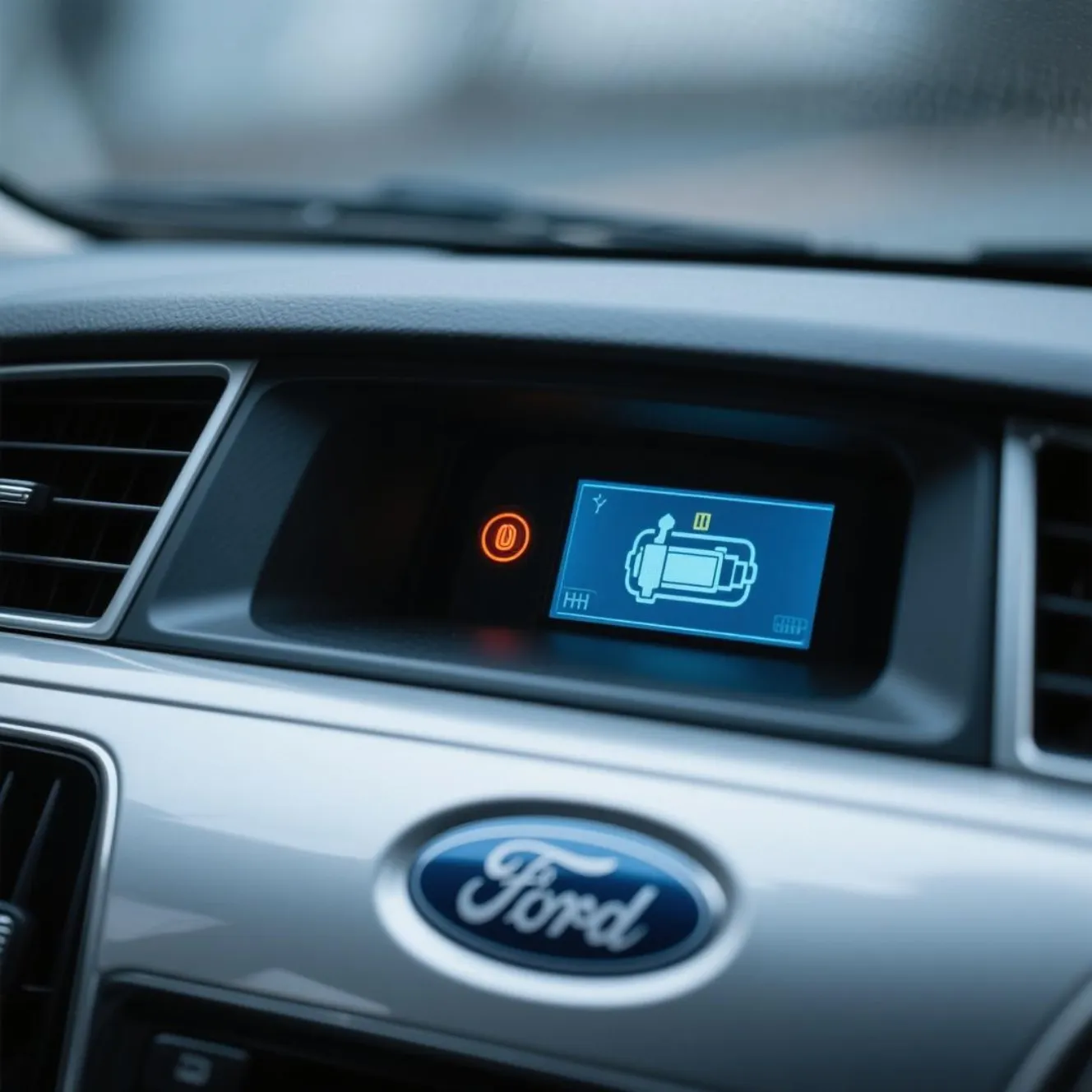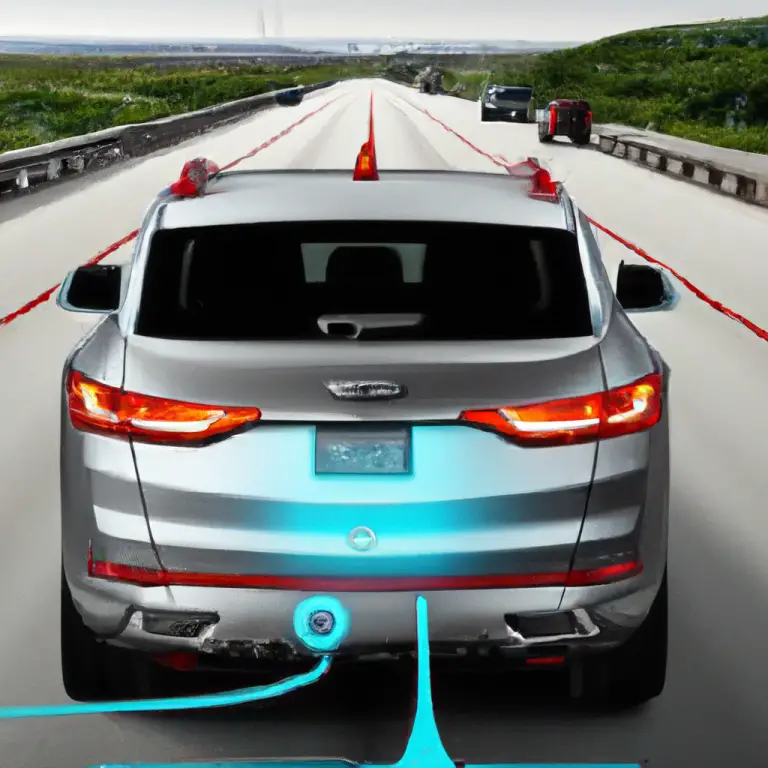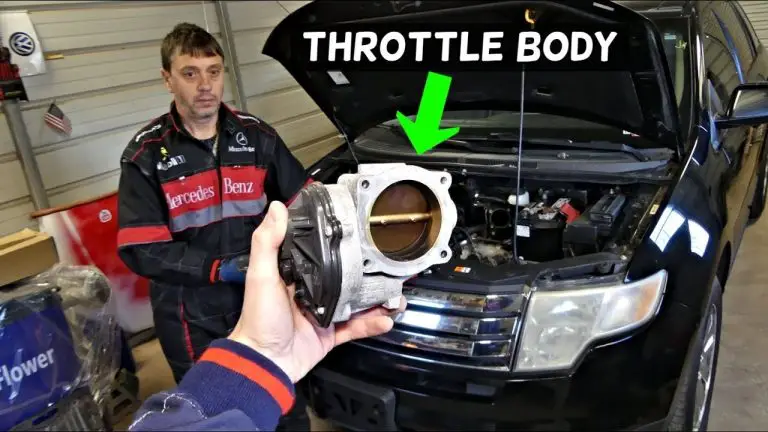Ford Check Engine Light: 7 Common Causes And Quick Fixes
When your Ford check engine light suddenly glows on the dashboard, it can feel like your truck, SUV, or car is speaking in code — and in a way, it is. That amber or yellow icon isn’t just for decoration; it’s your vehicle’s way of saying something in the engine or emissions system needs attention. Sometimes it’s a quick fix like tightening a gas cap, other times it’s a serious fault like a misfiring cylinder that could damage your catalytic converter. Knowing the difference can save you time, money, and a lot of stress.
Key Points:
- Steady light = issue needs attention soon, but not always urgent.
- Flashing light = urgent problem; stop driving to prevent damage.
- Many causes are sensor-related, but some are mechanical or emissions-based.
- Proper diagnosis prevents unnecessary parts replacement.
What the Ford Check Engine Light Really Means
The check engine light—also known as the Malfunction Indicator Lamp (MIL)—is part of your Ford’s On-Board Diagnostics (OBD-II) system. The computer continuously monitors engine performance, emissions output, and fuel efficiency. When it detects a problem outside expected parameters, it stores a Diagnostic Trouble Code (DTC) and illuminates the warning light.
In simple terms:
- Solid Light: Usually a non-urgent issue, such as a loose gas cap or a minor sensor problem.
- Flashing Light: Indicates a severe fault, often an engine misfire that can cause immediate catalytic converter damage.
Common Causes of a Ford Check Engine Light
While there are hundreds of possible codes, many Ford owners see the same issues crop up. Knowing these can help you make an educated guess before plugging in a scanner.
Minor and Easy-to-Fix Causes
Loose or Faulty Gas Cap
A damaged or loose gas cap can let fuel vapors escape, upsetting the emissions system. This is one of the cheapest fixes — often under $20 — and accounts for a surprising number of warning light activations.
Aftermarket Parts Issues
Some non-OEM sensors or performance modifications can confuse your Ford’s computer. If you recently had work done, consider whether a new part might be triggering the light.
Moderate Mechanical Issues
Faulty Oxygen Sensor (O2 Sensor)
This sensor measures unburned oxygen in the exhaust, helping control fuel injection. A failing O2 sensor can slash your fuel economy by up to 40% and eventually harm the catalytic converter. Replacement is generally $150–$500, depending on labor rates.
Mass Airflow Sensor (MAF) Problems
The MAF sensor measures incoming air to calculate the correct fuel mix. A bad MAF sensor can cause stalling, hesitation, and poor acceleration.
EGR Valve Malfunctions
The Exhaust Gas Recirculation system helps control nitrogen oxide emissions. A faulty valve can trigger the light and reduce engine efficiency.
Major and Urgent Problems
Catalytic Converter Failure
When functioning, the catalytic converter transforms harmful exhaust gases into less harmful ones. If it fails — often due to other ignored issues — replacement can cost $900–$2,500.
Ignition Coil and Spark Plug Failures
Misfires from failing coils or spark plugs cause rough idling, hesitation, and a flashing light. Ford F-150s are known for spark plug ejection in some model years, which needs urgent repair.
Table 1: Common Causes, Symptoms, and Severity
| Cause | Symptom | Severity | Estimated Repair Cost (USD) |
|---|---|---|---|
| Loose Gas Cap | Fuel smell, light on | Low | $10–$50 |
| O2 Sensor Failure | Poor MPG, emissions fail | Medium | $150–$500 |
| MAF Sensor Failure | Stalling, hesitation | Medium | $200–$600 |
| Catalytic Converter Failure | Reduced power, high emissions | High | $900–$2,500 |
| Ignition Coil/Spark Plug Failure | Misfire, rough idle | High | $150–$500 (coils), $100–$300 (plugs) |
Ford Check Engine Light by Model – Common Patterns
While the general causes are similar, certain Ford models are prone to specific problems.
Ford Focus: Catalytic converter and battery issues are frequent culprits.
Ford Escape: Faulty O2 sensors and aftermarket accessories are common triggers.
Ford Explorer: Spark plugs, MAF sensors, and catalytic converters often top the list.
Ford F-150: Ignition coil failure, spark plug ejection, and loose gas caps are common.
Ford F-250: O2 sensor and gas cap problems dominate.
How to Diagnose a Ford Check Engine Light
The fastest way to find the cause is to read the stored DTC codes from the OBD-II system.
Steps to Retrieve Codes:
- Locate the OBD-II port (usually under the dashboard on the driver’s side).
- Connect an OBD-II scanner — basic units cost under $50.
- Record the codes (e.g., P0171, P0174, P0420, P0128).
- Look up each code in your Ford owner’s manual or a trusted online source.
If you don’t have a scanner, many auto parts stores will read codes for free.
How to Reset the Ford Check Engine Light
Before resetting, fix the underlying problem — otherwise, the light will return.
Method 1 – Using an OBD-II Scanner (Recommended)
- Follow scanner menu instructions to clear the codes.
Method 2 – Disconnecting the Battery
- Disconnect the negative terminal for 30 seconds.
- Note: This may also reset radio presets and other settings.
Method 3 – Driving Cycles
- In some cases, after the fault is repaired, the light turns off automatically after several trips.
Table 2: Reset Method Pros and Cons
| Method | Pros | Cons |
|---|---|---|
| OBD-II Scanner | Quick, precise, keeps other settings intact | Requires purchase or access to scanner |
| Battery Disconnect | Free, no tools beyond wrench | Resets all vehicle memory, may cause temporary rough idle |
| Driving Cycles | No tools needed | Takes time, only works if fault is fully resolved |
When It’s Safe to Drive vs. When to Stop Immediately
If the ford check engine light is steady, it usually indicates a non-critical issue, and you can continue driving short distances until you can get it checked.
If it’s flashing, stop as soon as it’s safe, shut off the engine, and call for a tow. A flashing light means active engine damage risk.
Real Driver Stories
One Ford F-150 owner ignored a flashing light caused by a failed ignition coil. Within 200 miles, the misfire destroyed the catalytic converter, turning a $250 repair into a $2,000 one.
Conversely, a Ford Escape driver noticed the light, tightened the gas cap, and the problem disappeared after two driving cycles — total cost under $15.
Preventing the Ford Check Engine Light
- Replace spark plugs and coils on schedule.
- Check your gas cap regularly for wear or cracks.
- Use OEM parts for sensors and emissions components.
- Have annual emissions and system checks performed.
FAQs
What does a solid Ford check engine light mean?
A solid light usually means a non-urgent issue that still needs service soon, such as a loose gas cap or minor sensor fault.
Will the Ford check engine light reset itself?
Yes, if the underlying issue is resolved, the light can turn off automatically after several driving cycles.
Can I pass emissions with the Ford check engine light on?
No, most states will fail your vehicle if the light is illuminated, even if it’s running fine.
How much does it cost to fix a Ford check engine light issue?
Costs vary from under $20 for a gas cap to over $2,000 for a catalytic converter replacement.
Is it safe to drive with the Ford check engine light on?
If it’s steady, short-term driving is usually safe. If it’s flashing, stop immediately to avoid severe damage.







